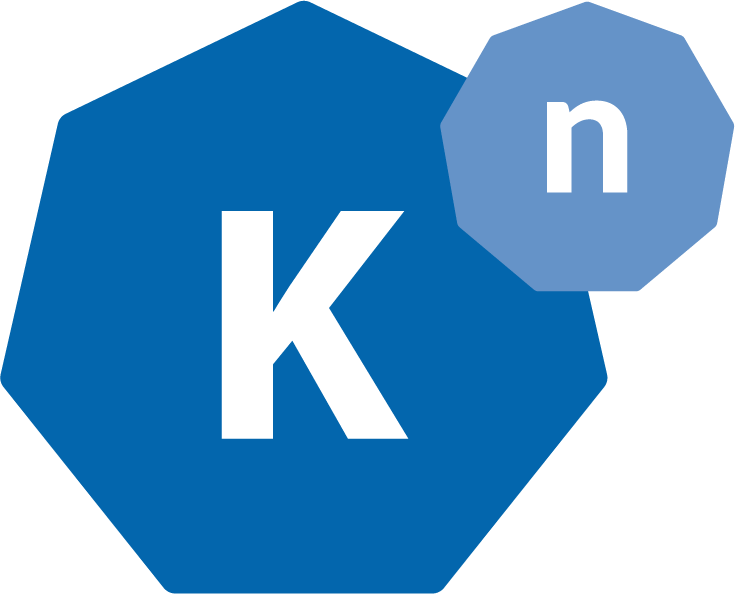| apps | ||
| bootstrap | ||
| docs | ||
| metal | ||
| platform | ||
| scripts | ||
| system | ||
| tools | ||
| .gitignore | ||
| LICENSE | ||
| Makefile | ||
| README.md | ||
Homelab
! ⚠️ WORK IN PROGRESS
Overview
Hardware
- 4 nodes of NEC SFF
PC-MK26ECZDR(Japanese version of the ThinkCentre M700):- CPU:
Intel Core i5-6600T @ 2.70GHz - RAM:
16GB - SSD:
128GB
- CPU:
- TP-Link
TL-SG108switch:- Ports:
8 - Speed:
1000Mbps
- Ports:
Technology stack
Ansible |
 Docker |
Rocky Linux |
K3s |
Kubernetes |
ArgoCD |
Helm |
Longhorn |
Prometheus |
Vault |
Gitea |
Tekton |
 Knative |
This list might be outdated, please let me know if I forgot to update it.
Provisioning flow
Everything is automated, I just need to run a single make command and it will:
- Build the
./metallayer:- Create an ephemeral, stateless PXE server
- Install Linux on all servers in parallel
- Build a Kubernetes cluster (based on k3s)
- Build the
./bootstraplayer:- Install ArgoCD
- Install ApplicationSet to manage other layers (and also manage itself)
From now on, ArgoCD will do the rest:
- Build the
./systemlayer (storage, networking, monitoring, etc) - Build the
./platformlayer (Gitea, Vault, SSO, etc) - Build the
./appslayer: (Syncthing, Jellyfin, etc)
Please visit the Provisioning flow document to learn more.
Get Started
Harware requirements
Any modern x86_64 computer(s) should work, you can use old PCs, laptops or servers.
A total of 3 or more nodes is recommended for high availability.
To view the detailed requirements, please visit the Hareware requirements document.
Prerequisite
For the controller (your laptop or desktop):
- SSH keys in
~/.ssh/{id_ed25519,id_ed25519.pub}(you can generate it withssh-keygen -t ed25519) - Docker with
hostnetworking driver (which means only Docker on Linux hosts, you can use a Linux virtual machine with bridged networking if you're on macOS or Windows)
For bare metal nodes:
- PXE IPv4 enabled
- Wake-on-LAN enabled and boot to network mode by default if turned on via Wake-on-LAN
- Secure boot disabled (optional, depending on the OS)
- Note their MAC addresses
To view the detailed instruction, please visit the Prerequisite document.
Configurations
Change these configuration files to match your hardware and network setup:
- Bare metal nodes settings (IP, MAC...)
- OS settings (PXE, network...)
To view the detailed instruction, please visit the Configuration document.
Build
You can install all the tools manually, or you can use the convenience tools container:
make tools
Then build the homelab:
make
If you encounter any issue, please visit Trouble shooting guide
Roadmap
See roadmap and open issues for a list of proposed features and known issues.
Contributing
Any contributions you make are greatly appreciated (feature, bug fixes, documentation, grammar or typo fix...).
License
Distributed under the GPLv3 License. See LICENSE for more information.